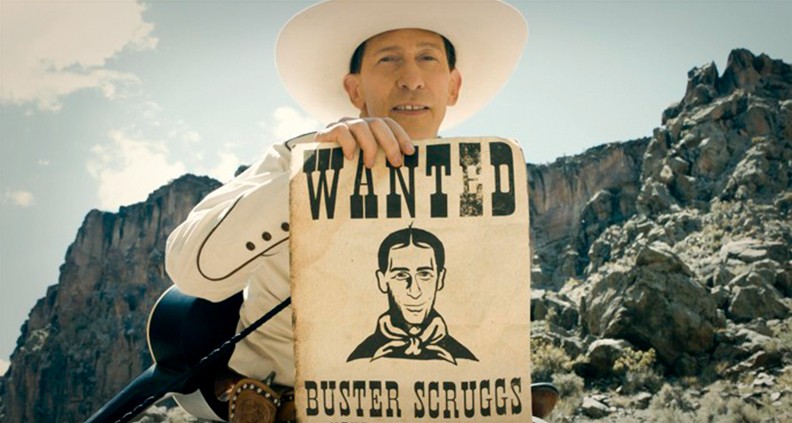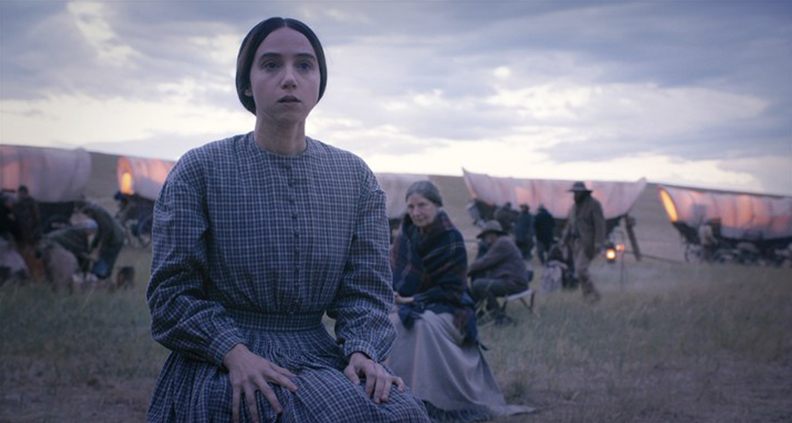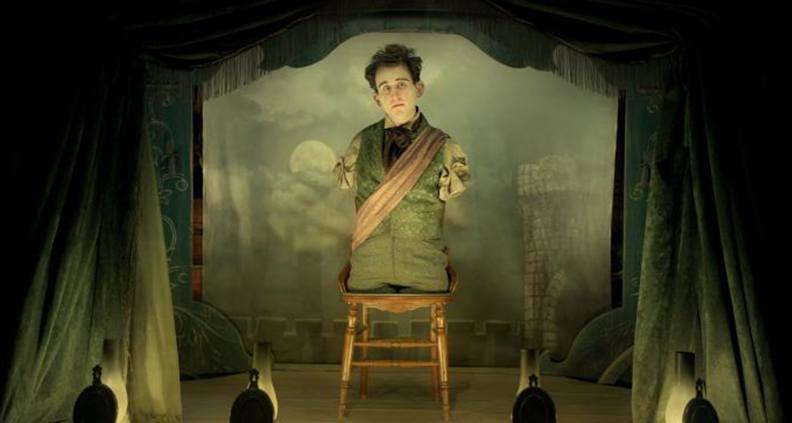Detail Oriented: Imagining a New Old West with the ‘Buster Scruggs’ VFX Team
Movies are a mosaic of moving parts. But we don’t always see which parts, or who’s moving them. Each month in Detail Oriented, Su Fang Tham explores some of the more specialized areas—and career paths—related to film production.
***
Longtime celluloid holdouts, filmmakers Joel and Ethan Coen’s first foray into digital cinematography was with last year’s Oscar-nominated Western anthology dramedy The Ballad of Buster Scruggs. Birthed from a collection of short stories the pair had written over a period of 20-25 years (including one Jack London adaptation), the six-chapter Netflix original is set in a heightened version of the American frontier, and is the third collaboration for the brothers with Director of Photography Bruno Delbonnel (Amélie, A Very Long Engagement), following 2014’s Inside Llewyn Davis and the Coens segment of the 2006 anthology film Paris, je t’aime.
The highly stylized anthology required cutting-edge effects—which is where New York-based East Side Effects came in. VFX Supervisors and company co-founders Alexander Lemke and Michael Huber worked together to create approximately 2/3 of the visual effects shots in the film, with the remainder produced by studios such as The Mill, Phosphene and Zoic Studios.
We recently caught up with Lemke and Huber to get a taste of what went into realizing the visually fantastical escapades of the Coens’ motley collection of outlaws, settlers and misfits populating a wholly original vision of the Old West.
EAST SIDE EFFECTS

It’s not often that a Western to requires 704 CGI shots. What was it about this project that lent itself to VFX playing such a big role?
Huber: The Coens like to do things in-camera as much as possible. The wagon train in [the chapter] “The Gal Who Got Rattled,” for example, was done with over a dozen full-size Conestoga wagons, plus animals and wranglers. A production of this size with a tight schedule will add up shots pretty quickly. Many of the obvious effects—like Buster’s ghost or Harry Melling’s arms and legs—were pretty clear from the beginning. But on a story like the one with Tom Waits [“All Gold Canyon”], which was all shot outdoors at a hectic pace, a lot of additional effects are added in during the editorial process.
What were your initial conversations like with directors Joel and Ethan Coen and DP Bruno Delbonnel?
Lemke: All of them like to plan things ahead as much as possible. It was good to have worked with them before. For the Coens, it was their first film shot digitally, which was a blessing for VFX. But that also took a bit of getting used to.
After going through the script, you compile a “VFX bible” for the film to collect references and real-life footage. What does that entail?
Huber: We sat down and did an initial mark up of the script of what we considered to be VFX, and then researched images and photographs that would help illustrate possible options. The book is used as a framing device [the different sections of the anthology unfolded like chapters in a book –ed.] and for that, we looked at different illustration styles and how to accomplish those look digitally. But ultimately, we decided to create [the book] for real, with illustrations by Gregory Manchess. We also looked at footage of amputees for “Meal Ticket” story and horse falls for “The Gal Who Got Rattled.”

Was your team on set at all, or did you primarily rely on the storyboards by J. Todd Anderson?
Lemke: We like to be involved in a project as early as possible. So Alex was on set for a month in pre-production and then for the whole shoot, from mid-July 2017 until end of September. Of the 48 shooting days of the main unit, it was necessary for a VFX Supervisor to be around except for all but five of those days—be it to answer questions on the spot or collect enough reference material for post-production.
In the chapter “Near Algodones,” was the noose around James Franco’s dumb bank robber character in the hanging scene real?
Huber: It was real for the first part of the sequence, when it hangs loosely from the tree. We only needed to clean up some leftover pieces of rope peeking through behind James’ shoulders here and there. Once it is stretched taut after the attack, we needed to ensure James’s safety—especially since he had his hands tied behind his back. In these shots, he’s wearing a noose collar with a piece of fish line attached to it to supply some stretching. The actual rope was shot as a 2-D element on set and then tracked into the plates. We did most of the wide shots, while The Artery worked on the close-ups.
In the chapter “Meal Ticket,” actor Harry Melling plays a character without limbs. In one scene, Liam Neeson has to carry him up the stairs. How was this accomplished?
Lemke: We talked about different approaches early on—using a wire rig versus a CG head, and so on. In the end, a head replacement seemed like the best solution, but it came with its own set of problems. Like, we had to shoot a head element of Harry that would match exactly what the dummy on Liam’s back was doing in the production plates. We came up with a very elaborate set-up, where we would track the backpack and dummy in the live-action photography and then re-engineered this data into Kuper files that would drive a motion-control and motion-base combo. Harry would sit on a computerized motion-base that would do the turning motion—so he could react to being pushed around—while the motion-control camera took care of all the translations.
How much of this was shot in-camera and how much was accomplished in post?
Lemke: This also meant that our DP had to create animated lighting for the staircase shot to make the head element really sit in the plate. This only gets you 80% of the way there. The rest was laborious compositing work. Since we put the motion base to its speed limits on the staircase shot, we actually had to shoot at half-speed and then speed it up in post, which meant a lot of warping and tracking was needed to make sure there was no slippage. The dummy we used for the live-action didn’t have any breathing movements, so we used Harry’s blue screen plates to see how his chest should move.

What were some of the other challenging scenes to work on?
Huber: Clearly the CG animals—the deer in “All Gold Canyon” and the horses in the last two stories. It was clear from the outset that we wouldn’t be able to handle creating photo-realistic animals ourselves, so we reached out to The Mill and Iloura (now Method Studios), and they did a fantastic job.
Other than your own work, what are some of the VFX triumphs on film or television that you regard as fantastic work?
Lemke: I like seeing interesting approaches to solving effects problems—like what they did on First Man by using projection techniques or what Framestore did on Gravity. I also like it when VFX are properly directed and don’t just happen. Remember that first reveal of the Mothership in Close Encounters of the Third Kind? What an entrance! I also love what Weta Digital did on the Planet of the Apes reboots.
What’s your advice to people wanting to get into visual effects?
Lemke: I’d say find a balance between the technical and artistic side of your work. Knowing how to program even a little will help you a lot. Software will constantly change and evolve—don’t focus on learning which button does what, but try to learn the logic behind it and how it applies to other software packages. You’ll need to be flexible. The hours can be long, and moving from country to country might happen. Work on your social skills. None of these effects are done by a single person alone; it’s always a collaborative effort. And lastly: try broadening your horizons. Be interested in literature, art, philosophy and so on. It will make your work better and much more fulfilling.
The Ballad of Buster Scruggs is available to stream on Netflix. To learn more about the work of East Side Effects, please visit their website. Is there an aspect of filmmaking you’d like to see explored in Detail Oriented? Let us know in the comments.